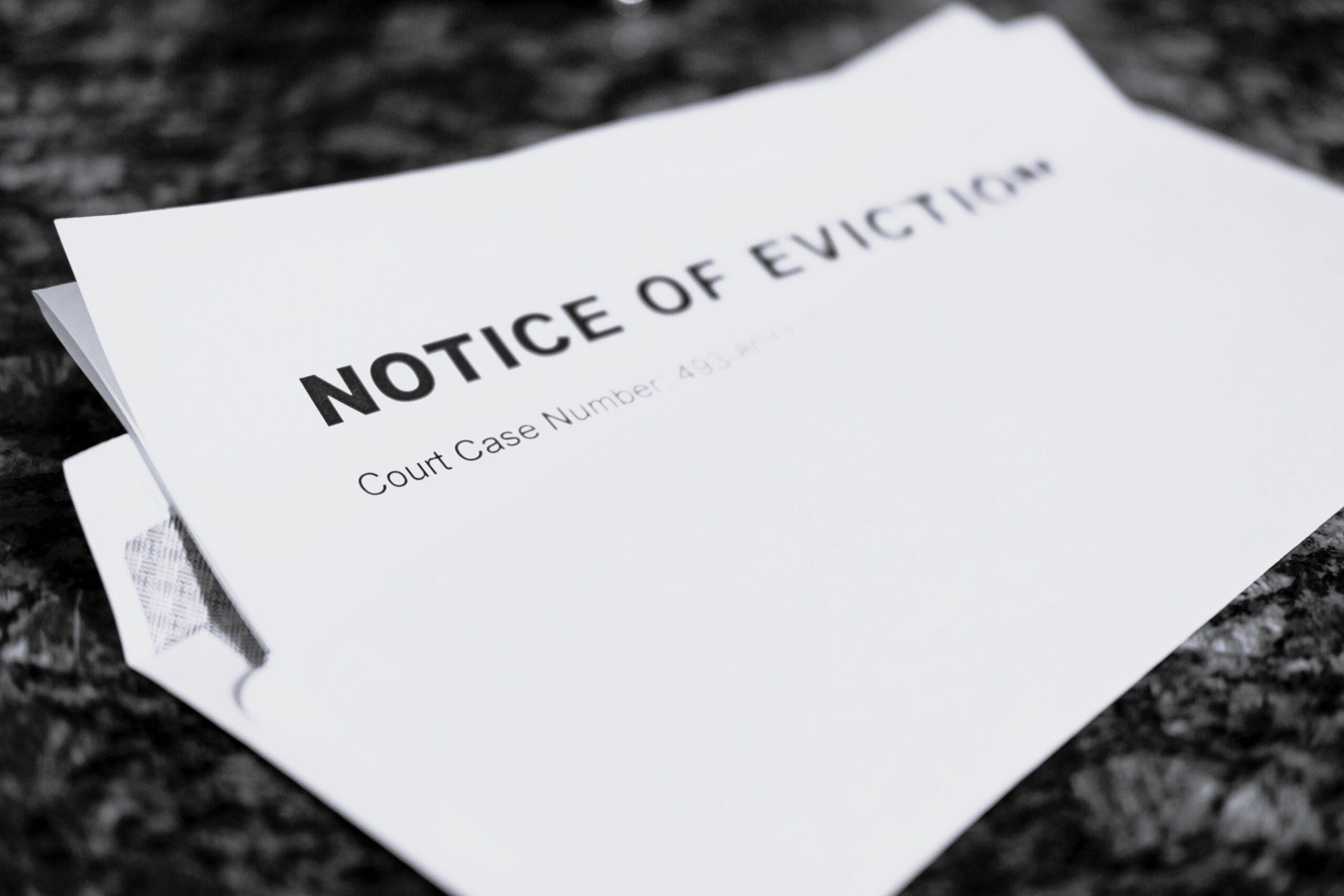Material Misstatements of the “Net Sum Available”

LISTEN HERE FOR THE AUDIO VERSION OF THIS ARTICLE
PART Vi OF A SERIES:
Commercial Real Estate Finance in New YorkIN THIS SERIES, ROBERT RIVA NAVIGATES THE NUANCED AND OFTEN CONFUSING WORLD OF COMMERCIAL REAL ESTATE FINANCES IN NEW YORK, WITH PRACTICAL GUIDANCE ON CHALLENGES AND CONSIDERATIONS.
Mistakes happen.
When a Section 22 Affidavit, discussed in earlier installments of this series, materially misstates a building loan’s “net sum available” to pay contractors for cost of improvement work, that can have substantial adverse consequences on the contractor that relies on the accuracy of the net sum available calculated in the Affidavit.
Where does a contractor turn in that situation?
That is, if a contractor performs its work believing – based on the filed Section 22 Affidavit – that there are enough building loan funds available to pay it under its contract, but it turns out the Section 22 Affidavit misstated those available funds, to whom can the contractor look if those funds run out before the contractor is paid?
To the borrower?
Well, yes, that’s always the case, but the borrower’s interest in the property is already subject to valid mechanics liens, whether or not an accurate Section 22 Affidavit is filed. So the fact that the contractor relied to its detriment on an inaccurate Section 22 Affidavit essentially adds insult to injury, without any greater recourse to the property owner.
What about to the lender?
At first glance it would seem that a lender should have no liability. After all, New York’s Lien Law defines a Section 22 Affidavit as “a true statement under oath, verified by the borrower,” – not the lender – “showing … the net sum available.” However, as one New York court put it, “since a false filing is a snare for the unwary contractor no matter who is responsible for the misleading information, a balanced analysis must focus on optimizing the likelihood that deception will not occur.”
What does that mean?
New York requires the lender to review a Section 22 Affidavit before it’s filed in order to confirm that it doesn’t contain a materially false statement of the net sum available. The lender’s failure to do so can result in a court subordinating the mortgage to mechanics liens claims – the very claims against which the mortgage would otherwise have been unassailable. As one New York court put it, “the threat of a loss of priority is an effective deterrent to a lender’s indifference to the truthfulness of [the borrower’s] statement; in contrast, the borrower has no priority to lose…. In short, the bank’s role is a responsible one. It is neither perfunctory nor ministerial.”
What, then, constitutes a material misstatement of the net sum available?
That unfortunately is a trickier question. In one prominent case, a New York court focused on the dollar figure itself of the net sum available. The Section 22 Affidavit there stated that a portion of the building loan funds would be used to pay interest on the loan. A portion of those interest-specific funds, however, ended up being used to pay interest on the project loan rather than just on the building loan, a no-no under the Lien Law. Even so, the court concluded that “this misstatement is not a material one. The affidavit did not misrepresent the sum available to the contractor, who was not prevented from determining the ability of the owner of the project to pay for services and supplies.” In other words, the amount for interest that was deducted from the building loan to arrive at the net sum available was never intended to pay contractors, regardless of what it was actually used to pay. The contractor should have focused only on the net sum available.
What if a Section 22 Affidavit accurately states the net sum available, but the circumstances change and the building loan to which it relates needs to be modified in such a way that, among other things, the existing Affidavit will no longer be accurate? The answer is not as straightforward as you might think. We’ll address that and other matters as we turn next to the question of building loan modifications.
As the law continues to evolve on these matters, please note that this article is current as of date and time of publication and may not reflect subsequent developments. The content and interpretation of the issues addressed herein is subject to change. Cole Schotz P.C. disclaims any and all liability with respect to actions taken or not taken based on any or all of the contents of this publication to the fullest extent permitted by law. This is for general informational purposes and does not constitute legal advice or create an attorney-client relationship. Do not act or refrain from acting upon the information contained in this publication without obtaining legal, financial and tax advice. For further information, please do not hesitate to reach out to your firm contact or to any of the attorneys listed in this publication.
Join Our Mailing List
Stay up to date with the latest insights, events, and more






